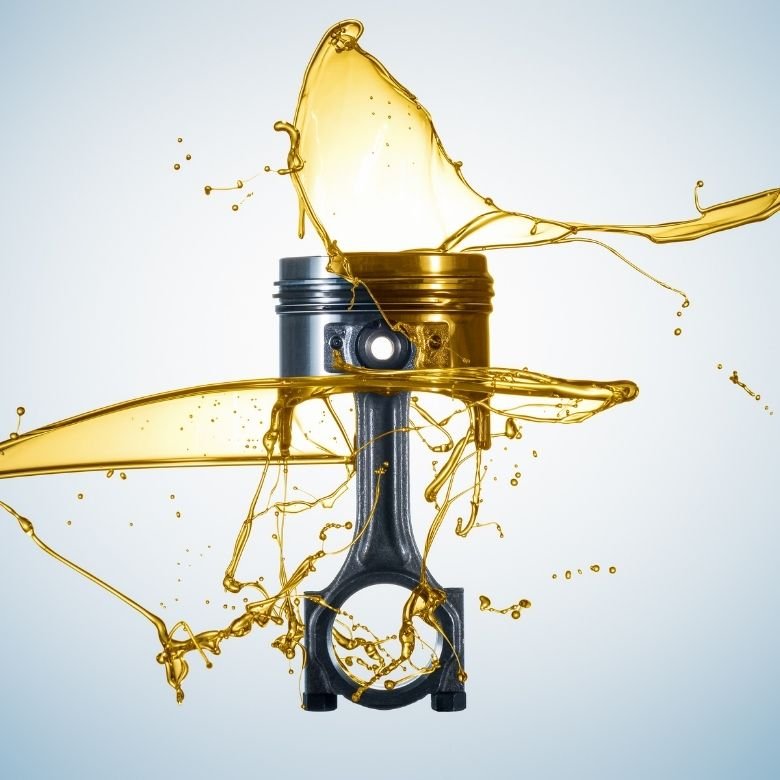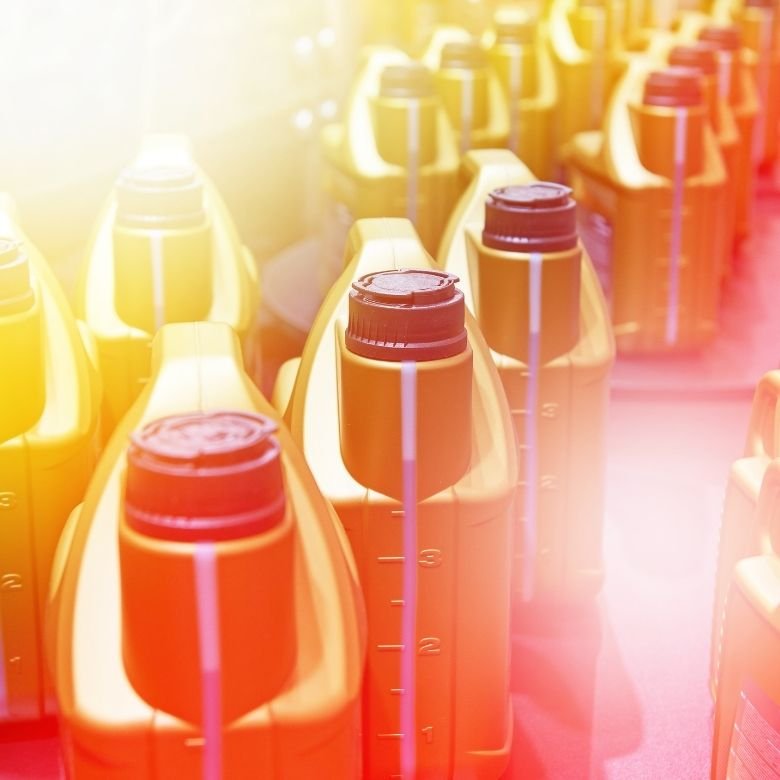In the early days of the oil industry, only those fractions with the right weight and viscosity were considered suitable for the production of base oils for lubricants used in car engines and other machines working at high speeds. As demand for base oils grew, oil refineries developed various thermal and solvent-based treatment processes, which have enabled less desirable oil fractions to be converted into suitable oils. There are also synthetic base oils, which are not the products of direct crude oil processing but of chemical synthesis. They are characterised by improved functional properties, which provide better protection of machine and equipment part surfaces. This article will tell you what base oils are and what categories they are classified in.

What is a base oil?
Base oils are the primary component of such products as lubricants, engine oils, and metal metalworking fluids. This term is applied to pure oils that contain no additional enriching substances. Depending on the end product that we want to obtain, base oils with different compositions and properties are used. They often serve different functions, but their main purpose is to reduce the friction between the moving surfaces of machines.
How do we classify base oils?
Five main groups of base oils are distinguished. They are divided depending on their origin, refining method, and properties, such as viscosity, number of unsaturated bonds, and sulfur content.
Groups I, II, III – bases made from crude oil
The first three categories are crude oil fractions. Group I contains base oils whose saturated hydrocarbon bond share is less than 90 percent. They contain more than 0.03 percent of sulfur, and their viscosity index is between 80 and 120. They are made using the simplest refining method – solvent refining. For this reason, the oils in this category are the least expensive. Similarly to group I, group II has a viscosity index ranging from 80 to 120. Their sulfur content is less than 0.03 percent, and the amount of saturated bonds exceeds 90 percent. This makes them more resistant to oxidation and provides them with a clearer colour. Furthermore, they are produced using the hydrocracking process, which requires more work than the solvent refining used to produce base oils from group I. Group III are oils that also have more than 90 percent saturation and less than 0.03 percent sulfur content. What differentiates them from group II oils is the higher viscosity index, which exceeds 120. Moreover, they repeatedly undergo hydrocracking during the production process, which produces oils with a higher degree of purity.
Group IV – synthetic oils
Group IV includes polyalphaolefins. They have a structure similar to mineral oils and, as a result, they are fully compatible with them. Because they are made by chemical synthesis, they show a higher purity than oils from groups I-III. In addition, they are fully saturated, which means they do not have even a single multiple bond capable of attaching an oxygen molecule. Such structure prevents rapid oxidation of the oil. For this reason, by using a synthetic oil instead of a mineral one, it is possible to extend the lifetime of mechanical equipment by several times.
Group V – other base oils
Group V encompasses those base oils that are not classified in the other four groups. These include:
- polyalkylene glycols (PAG) – they have high thermal durability, are resistant to the oxidation process, and have a high viscosity index. Furthermore, they leave no residues on the surfaces of mechanical devices. Compared to mineral oils and polyalphaolefins (PAO), the compounds in question show lower liquid friction, which results in consuming less energy during machine operation.
- diesters – they have similar properties to polyalkylene glycols. Thanks to the high solubility of residues, they are used mainly in reciprocating compressors and as supplements for PAO oils;
- phosphate esters – they create a protective barrier for metal surfaces against rising pressure or temperature. As a result, they protect machine parts against increased friction, extending equipment life.

PCC Group Range
The PCC Group offers an entire range of specialist base oils used in synthetic lubricants. These products are used for hydraulic fluids, metalworking fluids, compressors, industrial transmissions, and in the textile industry. In the PCC Group portfolio, base oils are found in the Rokolub product series. They provide purity and superior lubrication, and maintain machines and equipment in good technical condition. Products of the Rokolub series can be divided into three groups.
Polyalkylene glycols (PAG) – water-soluble
Sample products belonging to this group:
- Rokolubs series 50-B – used as base oils for compressors, hydraulic fluids and metalworking fluids;
- Rokolubs series 60-D – used as base oils for industrial transmissions, textile industry, and metalworking fluids.
Both product series are resistant to low temperatures, reduce the formation of residues and carbon deposits, and are compatible with NBR and EPDM elastomers.
Polyalkylene glycols (PAG) – water-insoluble
These include:
- Rokolubs series P-B – used for compressors, hydraulic fluids and metalworking fluids;
- Rokolubs series P-D – used for industrial transmissions and textile industry.
The main advantages of these products are a high viscosity index, excellent lubricating properties and a high flash point.
Polyalkylene glycols (PAG) – soluble in mineral oils
This is a group of products of the Rokolub MOS (mineral oil soluble) series. The PCC Group produces the MOS series in the ISO VG 32-680 viscosity range. The main characteristic that set them above standard PAGs is their miscibility with mineral oils and PAOs. They can be used interchangeably as base oils for mineral oils and as enriching additives that improve lubricating properties.
Polyalkylene glycols (PAG) – high-purity series
The PCC Group also offers products of the Rokochem series, which are produced using high-selectivity technology. This means a tight molecular weight distribution of the end products. The Rokochem-series products are used both as oil bases and as products for further synthesis, including the process of silicone surfactant production.

Phosphate esters
These include Rokolubs series FR I and Rokolubs series FR T. The Rokolub FR series are specialist products based on aryl phosphate esters used as synthetic base oils in anhydrous formulations of slow-burning hydraulic fluids. They are characterised by a unique fire resistance and a self-extinguishing capability.
The solutions from this product group offered by the PCC Group have the following ISO VG viscosity classes: 32 (Rokolub FR T-32), 46 (Rokolub FR T-46, Rokolub FR T-46 ultra), 68 (Rokolub FR T-68).
Key properties of the Rokolub FR series products:
- unique fire resistance and self-extinguishing capability
- resistance to high temperatures
- excellent lubricating properties
- no human health hazard class and no physical hazards
Details of our product range available on www.products.pcc.eu.
